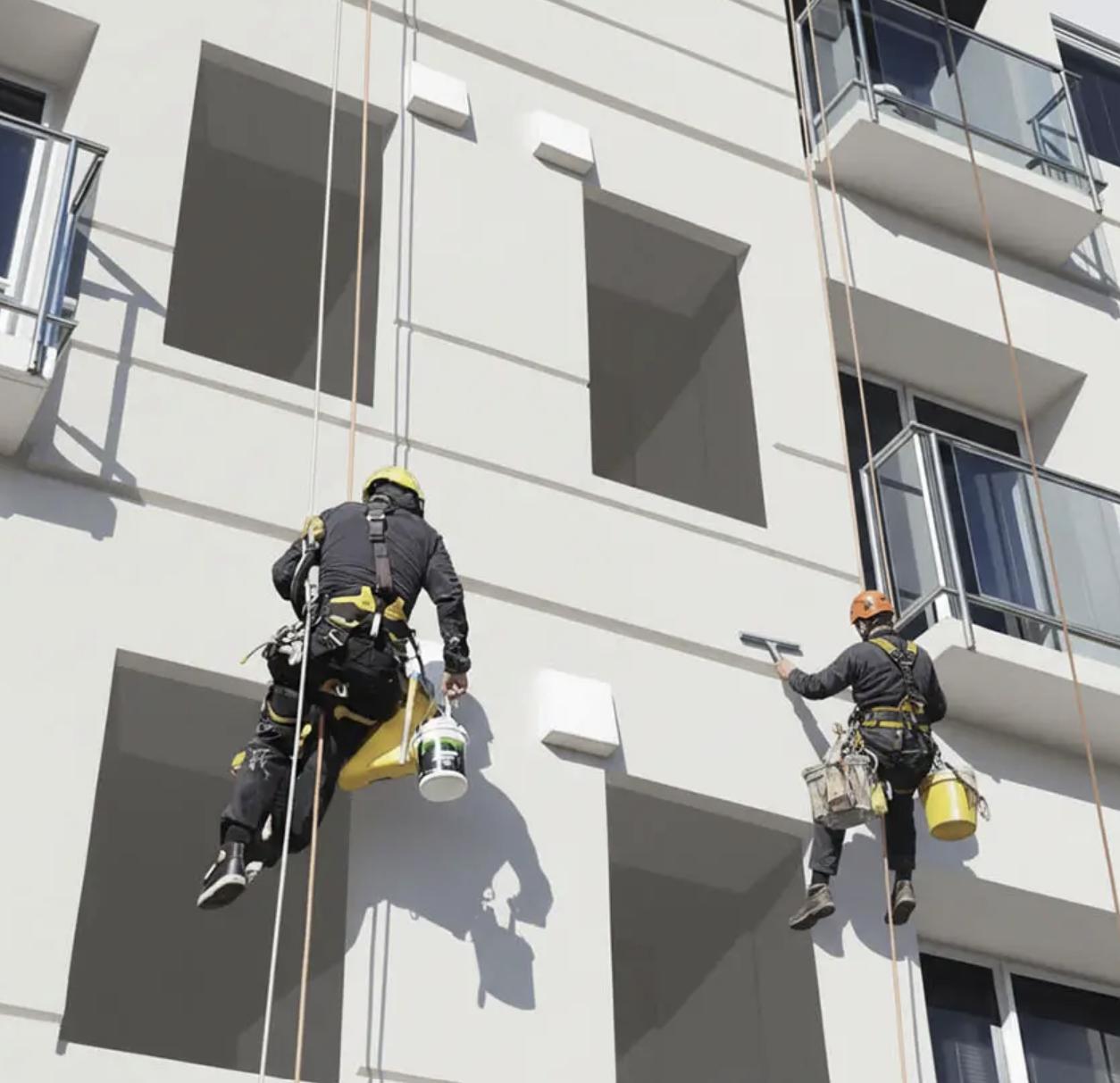Brushing Up on Strata: An Insider’s Guide to a Seamless Painting Project
An Interview with Khan from Painters Link Group
At first glance, a strata painting project is about colour and curb appeal. But for those living through it, it’s so much more, it’s about noise, disruption, budgets, and community consensus. To demystify the process, we sat down with Khan Taylor, a Project Director at Painters Link Group, who has overseen hundreds of strata projects across Australia.
He shared his insights on how to transform this significant undertaking from a source of stress into a smooth, community-building success.
Bradmill: Khan, thanks for joining us. When you first meet with a strata committee, what’s the one thing you wish they understood before the project even begins?
Khan: Thanks for having me! That’s an easy one. I wish every committee truly understood that preparation is 80% of the job. The actual painting is the final, visible 20%. A lot of people focus on the colour, which is important, but the long-term durability and the sheer quality of the finish are born in the scraping, sanding, washing, and sealing that happens first. If the preparation is rushed or done poorly, even the most expensive paint will fail prematurely.
Bradmill: So, it’s about looking beneath the surface. What are the other key benefits of a professional strata repaint that go beyond just “making things look new”?
Khan: Absolutely. The aesthetic lift is immediate and fantastic for community pride, but the core function is protection. We’re talking about the building’s first and most important line of defence against the Australian climate. A high-quality paint system is a waterproof, UV-resistant shield. It stops moisture from getting in and causing rot, mould, and structural damage, which are incredibly expensive to fix. In many ways, a scheduled repaint is one of the most strategic and cost-effective decisions a body corporate can make, it’s preventative maintenance that protects everyone’s investment.
Bradmill: Let’s talk about the human side. These projects happen where people live. What are the biggest challenges related to the residents themselves, and how do you navigate them?
Khan: (Laughs) This is the real heart of it. The biggest challenge is almost always managing expectations and minimising disruption. You have dozens, sometimes hundreds of families, each with their own routines, sensitivities, and opinions. The key is radical transparency and over-communication.
We work with committees to create a clear communication plan from day one. Residents need to know exactly when we’ll be working near their lot, what kind of noise to expect, how their access might be affected, and how we’re ensuring security. When people are informed, they’re far more understanding. We also train our crews to be not just excellent tradespeople, but good neighbours—to be courteous, keep common areas spotless, and always be mindful that they are working in someone’s home.
Bradmill: The colour selection process can be famously divisive. Any tips for committees struggling to get consensus?
Khan: It can be, but it doesn’t have to be! My number one tip is don’t pick colours from a tiny swatch. A colour that looks calm and elegant on a small card can be overwhelming on a three-storey wall.
We always recommend a professional colour consultation. We bring our experience of what works with different architectural styles and in different light conditions. Most importantly, we paint large sample panels directly onto the building itself. This allows the committee and residents to see how the colour looks at different times of day. It takes the guesswork out and turns a subjective argument into a visual decision everyone can participate in.
Bradmill: For a committee evaluating quotes, what should they look for beyond the bottom-line price? A low quote can be very tempting.
Khan: This is so critical. A low quote can often be the most expensive option in the long run if it leads to a poor-quality job that needs redoing in five years.
Committees should look for a detailed specification, not just a price. The quote should explicitly state:
Surface Preparation: Exactly what will be done? (e.g., pressure wash, scrape back to bare substrate, spot prime, full prime?)
The Products: Specific brand and product lines (e.g., “Dulux Acratex Texture Roll” or “Wattyl Solagard”). This is non-negotiable. Using premium products like these is what gives you that long-lasting durability.
The Application: How many coats? Is it a full two-coat system?
The Scope: Is every single element included? Walls, fascia, downpipes, metalwork, fencing?
Also, always check for full public liability insurance and proof of licenses. Any reputable painter will have this ready to show you. Finally, ask for and actually call their references, especially from other strata complexes.
Bradmill: Finally, what does a truly successful strata painting company look like to you, when you pack up your tools and drive away?
Khan: For me, success is a two-part feeling. First, there’s the obvious pride in a visually transformed building that we know is protected for the next decade. It looks cohesive, fresh, and proud.
But the second, and just as important, part is the feedback from the strata manager and the committee. When they say, “The team was respectful, the process was smooth, and the residents are happy,” that’s the real win. It means we haven’t just painted a building; we’ve delivered a positive experience that strengthens the community. That’s the legacy we aim for with every job.
Ready to Start Your Project?
If your strata community is considering a repaint, partner with a team that understands the big picture. Painters Link Group specialises in delivering exceptional, durable results with a process designed for minimal disruption.
Contact us today for a detailed, transparent consultation and quote.
About Painters Link Group:
With decades of combined experience, Painters Link Group is a leading provider of professional painting services for strata communities across Australia. We are fully licensed and insured, and we partner with premium manufacturers like Bradmill to ensure the highest quality, longest-lasting protection for your investment.
